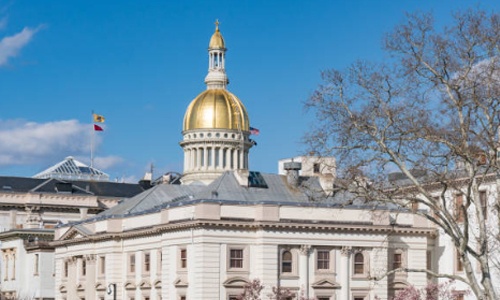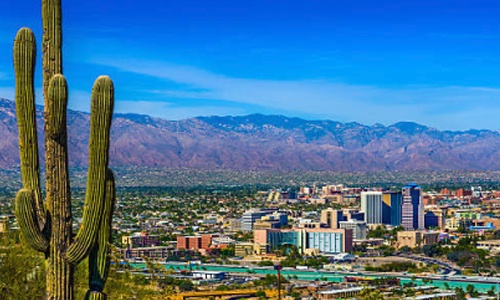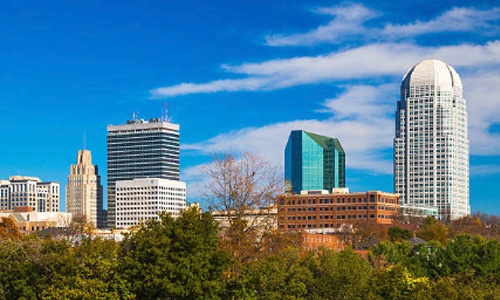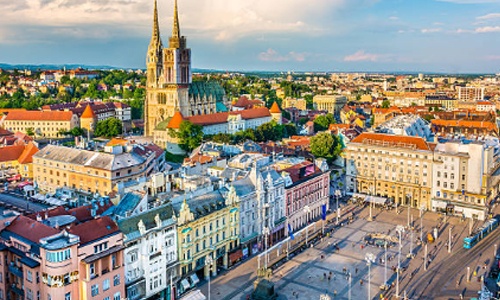
Trenton, NJ
Trenton was a major manufacturing center in the late 19th and early 20th centuries. One relic of that era is the slogan “Trenton Makes, The World Takes”, which is displayed on the Lower Free Bridge (just north of the Trenton–Morrisville Toll Bridge). The city adopted the slogan in 1917 to represent Trenton’s then-leading role as a major manufacturing center for rubber, wire rope, ceramics and cigars. Along with many other United States cities in the 1970s, Trenton fell on hard times when manufacturing and industrial jobs declined. Concurrently, state government agencies began leasing office space in the surrounding suburbs. State government leaders (particularly governors William Cahill and Brendan Byrne) attempted to revitalize the downtown area by making it the center of state government. Between 1982 and 1992, more than a dozen office buildings were constructed primarily by the state to house state offices. Today, Trenton’s biggest employer is still the state of New Jersey. Each weekday, 20,000 state workers flood into the city from the surrounding suburbs. Trenton is the capital city of the U.S. state of New Jersey and the county seat of Mercer County. It was briefly the capital of the United States. The city’s metropolitan area is grouped with the New York metropolitan area by the United States Census Bureau, but directly borders the Philadelphia metropolitan area and is part of the Federal Communications Commission’s Philadelphia Designated Market Area. As of the 2010 United States Census, Trenton had a population of 84,913, making it the state’s 10th-largest municipality. The Census Bureau estimated that the city’s population was 84,034 in 2014.








